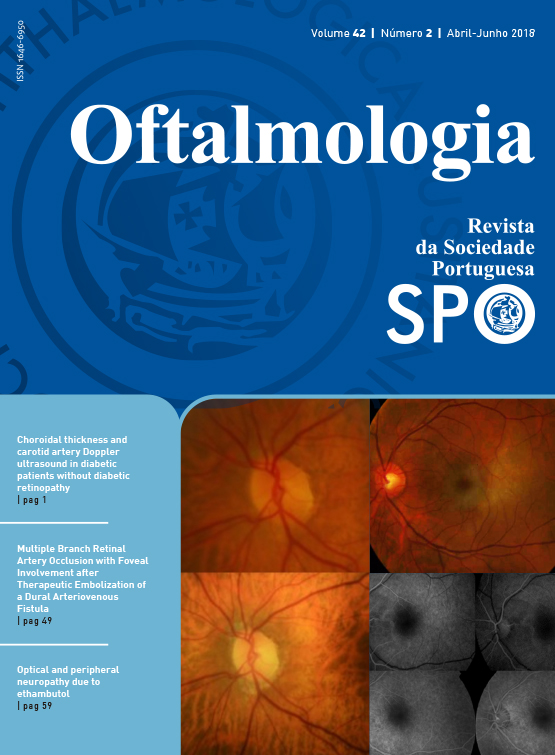Hill-RBF method: where does it stand?
DOI:
https://doi.org/10.48560/rspo.13052Keywords:
Hill-RBF, biometry, calculation formula, intraocular lens power, cataract,Abstract
Purpose: Emmetropia is one of the main goals in cataract surgery. Several intraocular lens power calculation formulas and methods have been developed to achieve successful outcomes. The purpose of this study is to evaluate the accuracy of Hill-RBF method, and compare it with 3rd and 4th generation formulas.
Material and Methods: Retrospective study evaluating eyes with cataract surgery with intraocular (IOL) placement in the bag. Biometric data were obtained using IOLMasterÒ500 (Carl Zeiss Meditec AG). Hill-RBF and traditional formulas (Haigis, Holladay1 and SRK/T) were ranked according to: mean absolute error (MAE) and percentage of final refractions within ±1,00D and ±0,50D of the predicted value.
Results: Clinical data of 100 eyes were reviewed. MAE values favored Hill-RBF (0.077) over Haigis (MAE0.660; p<0.01), SRK/T (MAE0.537; p<0.01) and Holladay1 (MAE0.663; p<0.01). It was also associated with the highest percentage of eyes within 1.00D and 0.50D of target refraction, 100% of cases. Among other formulas, SRK/T was superior overall. Percentage of final refractions within ±1.00D were 78% with Haigis, 86% with SRK/T and 82% with Holladay1, decreasing to 52% vs 60% vs 46%, respectively, if final refractions within ±0.50D were considered. Performance of all formulas was remarkably low in small eyes, with mantained accuracy of Hill-BRF.
Conclusions: Hill-RBF method performed significantly better in these subset of patients compared to other 3rd and 4th generation formulas and could be less affected by variations in axial length.
Downloads
Downloads
Published
How to Cite
Issue
Section
License
Do not forget to download the Authorship responsibility statement/Authorization for Publication and Conflict of Interest.
The article can only be submitted with these two documents.
To obtain the Authorship responsibility statement/Authorization for Publication file, click here.
To obtain the Conflict of Interest file (ICMJE template), click here





